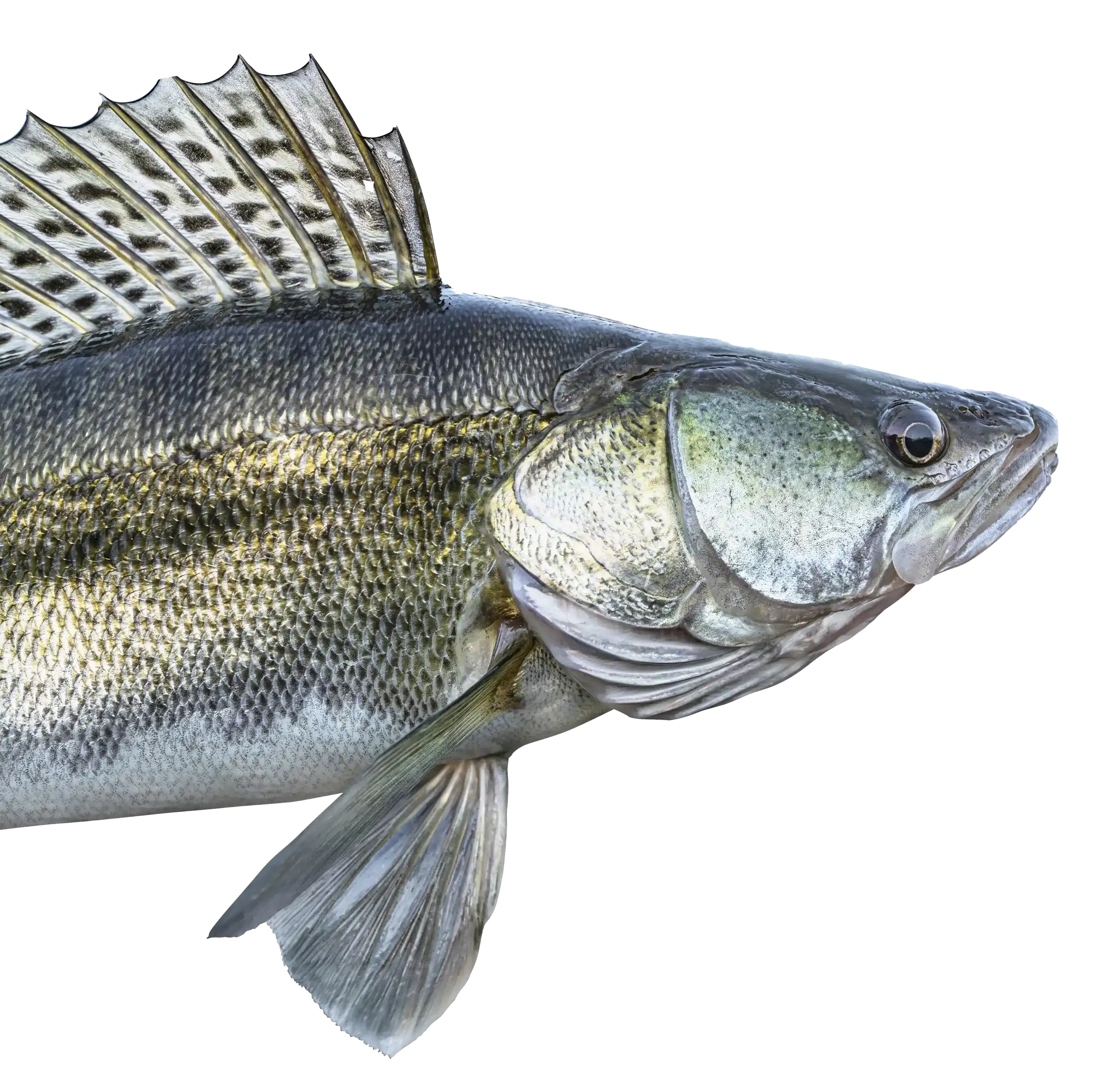
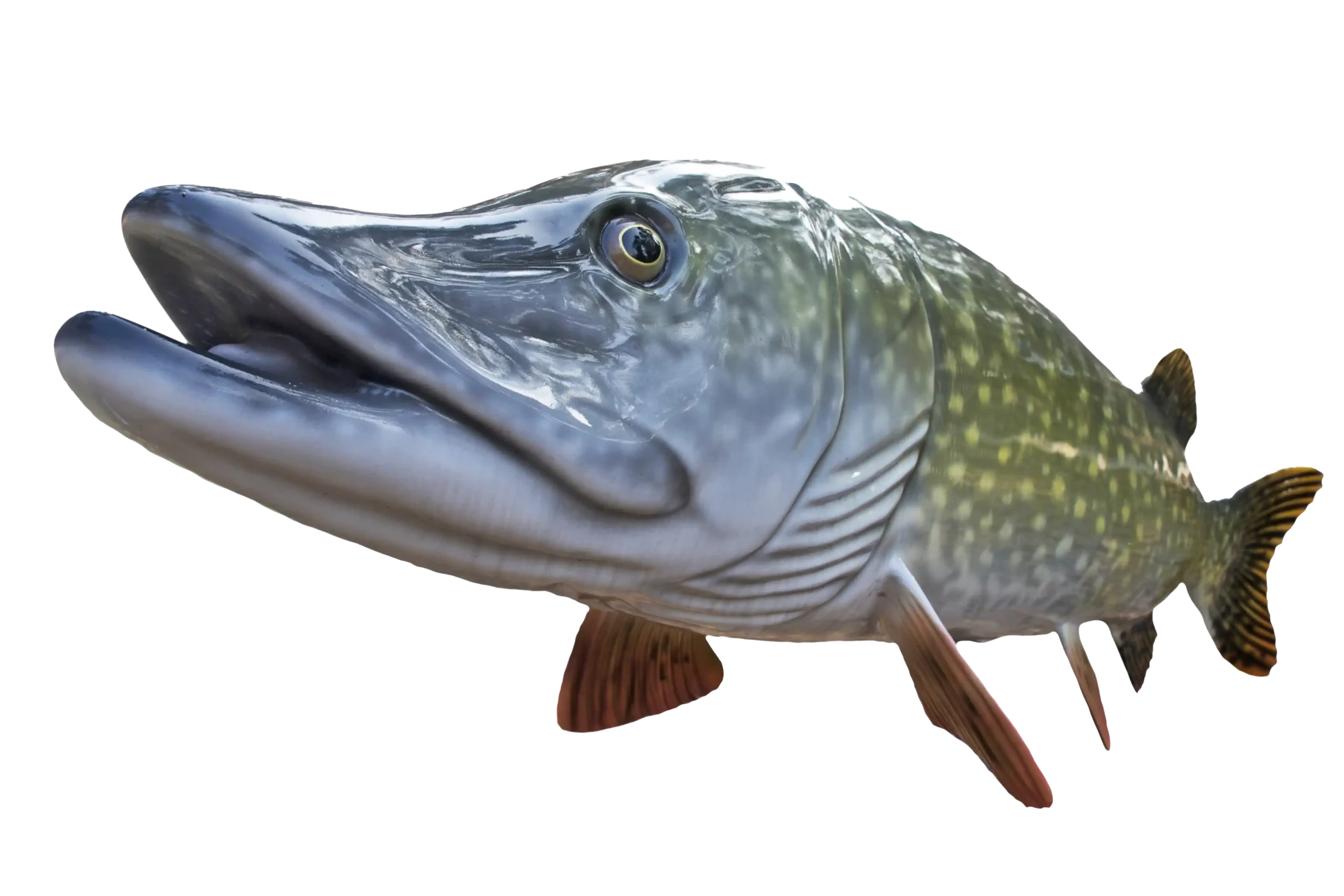
MTT. Minnesota Tournament Trail
NWT. National Walleye Tour
AIM. Angler’s Insight Marketing
Chili Bowl, Border View Lodge
Arnesen’s, Summer Tournament
River Bend Resort, Ladies tournament
Zippel Bay Resort, Northern Pike Tournament
AND MORE!
Lake of the Woods is known for its history of family owned resorts. Arnesen’s Rocky Point is one of those great locations at Rocky Point on the south side of Lake of the Woods. Here’s a history of one such family.
Editor’s note: The Arnesen family celebrated their 125th anniversary in July with a history of the family at Rocky Point.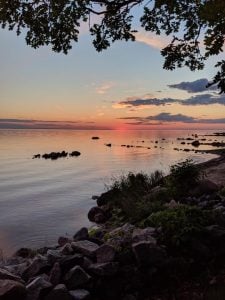
The Arnesen family has inhabited Rocky Point, Minnesota since the site was homesteaded in 1897 by Bernard Arnesen.
Bernhard was soon joined by his wife Agnes and his parents Berent and Kristine. The primary occupation of the family was commercial fishing. The family fished with sail-powered boats and pound nets for sturgeon. The roe was processed into caviar n location and then picked up by steam-powered boats that would transport it north to Kenora, Ontario, Canada. From there, a rail link shipped the caviar to the eastern fish markets. Unfortunately, the sturgeon population became over-fished and the market for this fish crashed.
With the decline of the sturgeon, the Arnesen family switched species and gear and began fishing for walleyes with gill nets in the fall and summer. During the winter, they pursued burbots using fyke nets. Eventually they developed ways to use gill nets under the ice by using a machine called a jigger board to run a line that was used pull the gill net behind.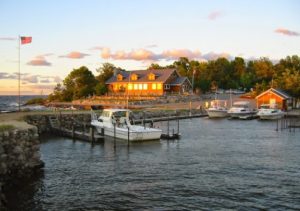
Danger was a constant element the family faced. Two of Bernhard’s brothers, Benjamin and Conrad Arnesen, and two of his and Agnes’ sons, Harold and Arthur Arnesen, all drowned on the lake at a young age. Another son, Bernie was severely injured by a sail boom and died tragically young as well. Agnes was horribly burned trying to rescue two daughters, Grace and Clara, from a house fire. Unfortunately, she failed and the two young girls perished in the fire. Another son of Berent and Kristin’s, John, died in a hunting accident.
Although commercial fishing was dangerous, t was an excellent source of wealth and an occupation that one could pursue in Northern Minnesota in the late 1800s and throughout most of the 1900s. It was commercial fishing and a lot of hard work that allowed the family to prosper and stay in the area.
The family fished continuously until 1984 when the state of Minnesota decided to manage Lake of the Woods as a sport fishery instead of a commercial fishery. After 87 years, commercial fishing at Arnesen’s Rocky Point ceased.
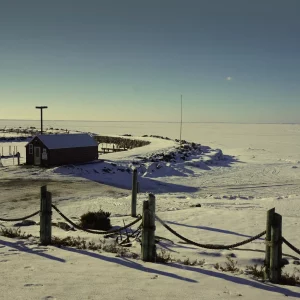 It was at this time the family’s focus shifted towards developing the resort. Agnes had already begun renting cabins and boats and operated a small store in the 1930s. She also had a post office, which is shy you will find Arnesen on the Minnesota highway map. By 1984, the resort had half a dozen cabins a small convenience store, a campground and mobile home park.
It was at this time the family’s focus shifted towards developing the resort. Agnes had already begun renting cabins and boats and operated a small store in the 1930s. She also had a post office, which is shy you will find Arnesen on the Minnesota highway map. By 1984, the resort had half a dozen cabins a small convenience store, a campground and mobile home park.
Today, after more than one hundred years, the Arnesen family is in its sixth generation and continues to provide a quality fishing and resort experience on Lake of the Woods.
The once decimated sturgeon population has been replenished and is abundant again.
The resort aspect of Rocky Point has been expanded extensively to include Rock Harbor Lodge, thirty rental units, a two hundred unit mobile home park, and what is probably one of the world’s largest ice fishing operations with an entire fleet of track vehicles.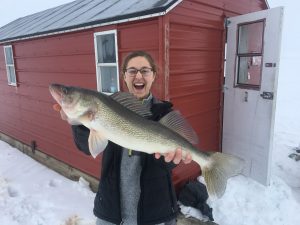
While much of the early history or Arnesen’s Rocky Point revolved around tragedy and hardship, there is much to celebrate as well.
Without commercial fishing, there wouldn’t be the Rocky Point that thousands of people enjoy annually today.
Lake of the Woods is home to more that 50 resorts including the Rainy River area, the South Side area and of course the Northwest Angle. Each resort has its own unique history and it would be worth your time to explore the history of more of them.
For more information see our website at: www.lakeofthewoodsmn.com/lodging.
For information on sturgeon:Sturgeon | Minnesota DNR (state.mn.us)

